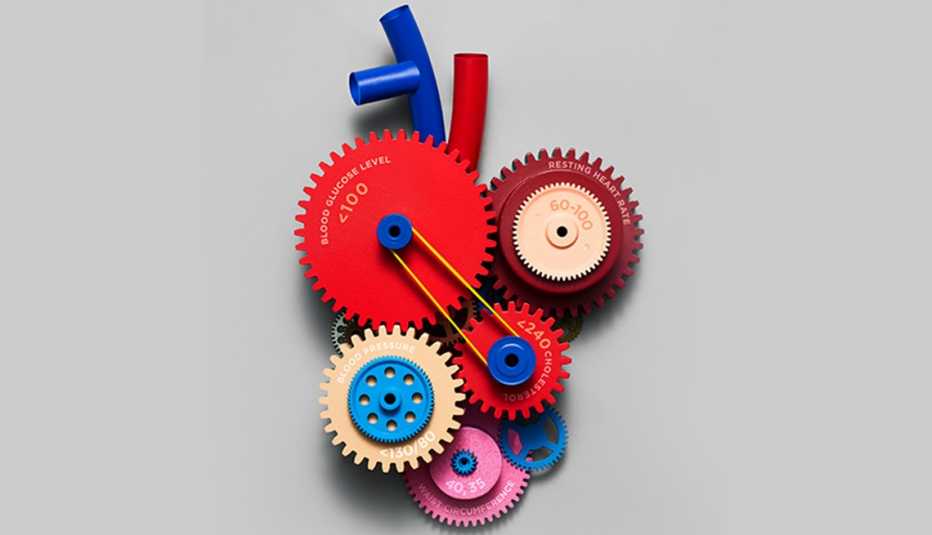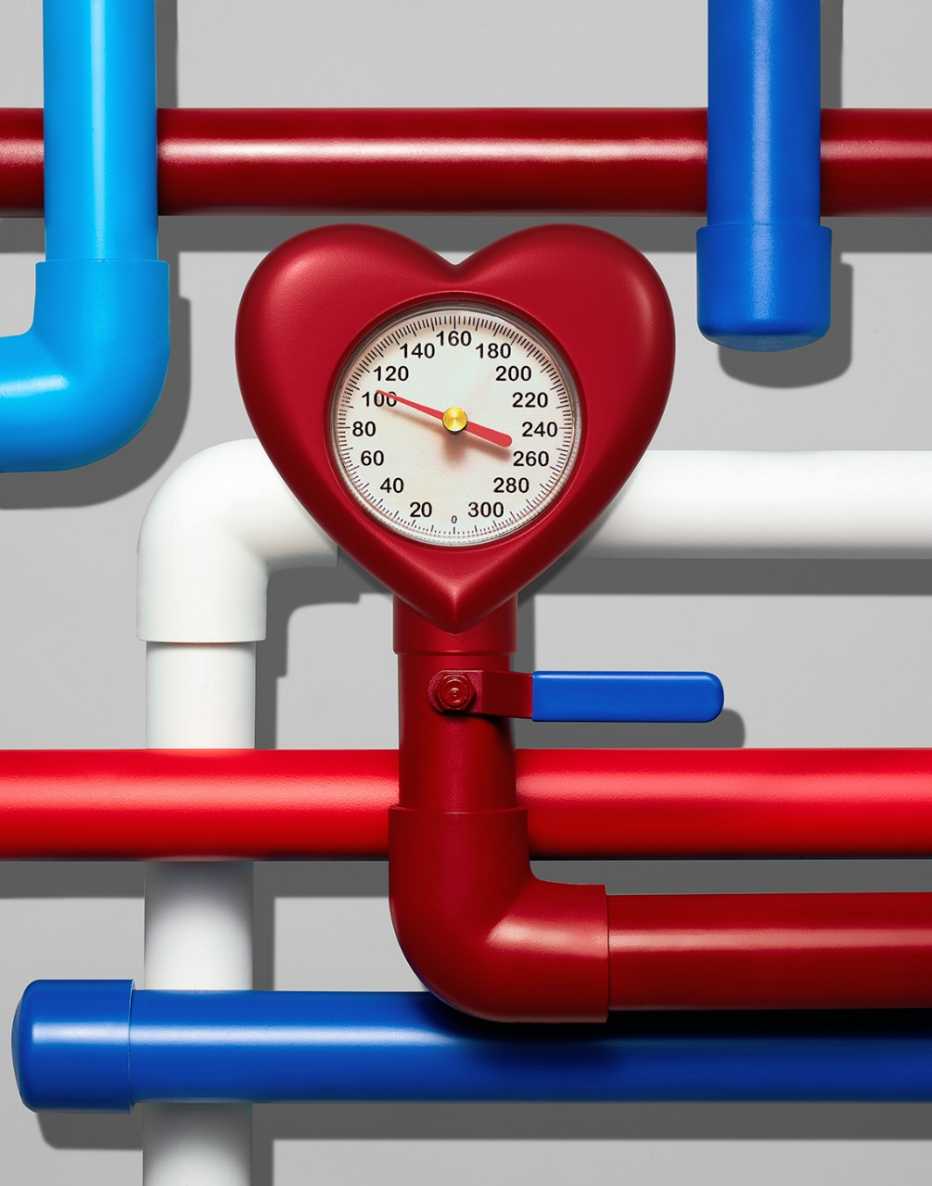Staying Fit


Debby Schrecengast knows she should have seen the warning signs. When she looks back at 2014, the year she suffered a stroke, Schrecengast, 56, sees a “stubborn old donkey” in denial about her health. “I had let my blood pressure go uncontrolled, and I remained overweight for so long,” she says.
Schrecengast, who lives in LaFargeville, N.Y., joined an American Heart Association program, sponsored by her hospital, that eased her into an exercise routine. She took nutrition classes, dropped 30 pounds and no longer needs blood pressure medication.


AARP Membership— $12 for your first year when you sign up for Automatic Renewal
Get instant access to members-only products and hundreds of discounts, a free second membership, and a subscription to AARP the Magazine.
Of course, it’s easy to measure how much weight you’ve lost or how much faster you can jog a mile. It’s harder to calculate whether your heart is getting healthier. But if you know what markers to keep an eye on with your doctor, you can tell whether your ticker is getting stronger or weaker as time goes by. Here are the numbers you need to know.
Cholesterol
The body produces two main types of cholesterol: LDL, the “bad” cholesterol, and HDL, the “good” type. Measured together, along with 20 percent of your triglyceride score, they add up to your total cholesterol level. An ideal cholesterol score is 200 or less; between 200 and 239 is borderline high. Go over 240, however, and you have high cholesterol.
In most cases your physician will be focused on tamping down your LDL, which can clog up arteries — including those that feed your heart and brain. The good cholesterol can help eliminate the bad, but only to a degree.
You know the diet drill: Limit red meat and full-fat dairy foods, and eat more whole grains and produce. To make it easier, try celebrating Meatless Monday. Originally conceived to aid the war effort in World War I, it was revived by health advocates in 2003 to fight a different enemy. Just one meatless day a week will help; next week, see if you can make it two. And get more exercise. Exercise appears to enhance your muscles’ ability to use blood lipids for energy. Studies suggest that the ideal workout plan consists of 30 minutes of exercise five days a week, combining moderate aerobic activity and moderate- to high-intensity resistance training.
Blood pressure


Blood pressure is the force of blood pushing against the walls of your blood vessels. When it runs consistently high, it strains the heart and arteries. High blood pressure, or hypertension, is often called the silent killer because it usually lacks obvious symptoms. Yet nearly half of all U.S. adults have high blood pressure; when left uncontrolled, it is a major risk factor for heart attack, stroke, heart failure and kidney disease. Blood pressure is defined as high if the top number is 130 or above, or the bottom number is 80 or higher.
You’re familiar with the link between sodium and blood pressure, and why it’s important to cut down on salt. What you might not know is that more than 70 percent of your sodium intake comes from food prepared outside the home—ordered in a restaurant or bought in a package. Cooking with simple, healthy ingredients is the biggest dietary step you can take toward lowering your blood pressure and improving your heart health. While you’re at it, look for sources of potassium, a mineral found in many fruits and vegetables, especially sweet potatoes, bananas, spinach and avocados. Increasing your potassium can help to lower your sodium level.

































































More on Health
Starting Exercise Late in Life Can Still Improve Your Heart
Study finds that sedentary middle-aged people who begin a rigorous program can turn back the cardiac clock